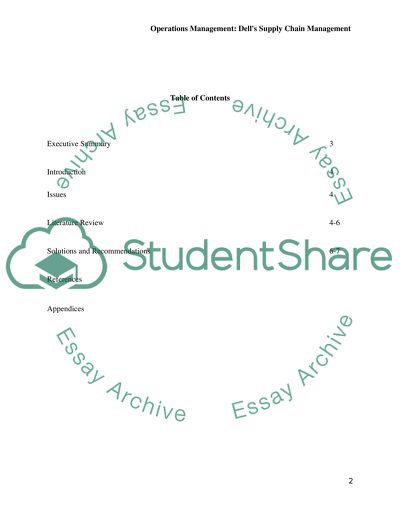Cite this document
(“Operations Management: Dell's Supply Chain Management Essay - 1”, n.d.)
Operations Management: Dell's Supply Chain Management Essay - 1. Retrieved from https://studentshare.org/miscellaneous/1577425-operations-management-dells-supply-chain-management
Operations Management: Dell's Supply Chain Management Essay - 1. Retrieved from https://studentshare.org/miscellaneous/1577425-operations-management-dells-supply-chain-management
(Operations Management: Dell'S Supply Chain Management Essay - 1)
Operations Management: Dell'S Supply Chain Management Essay - 1. https://studentshare.org/miscellaneous/1577425-operations-management-dells-supply-chain-management.
Operations Management: Dell'S Supply Chain Management Essay - 1. https://studentshare.org/miscellaneous/1577425-operations-management-dells-supply-chain-management.
“Operations Management: Dell'S Supply Chain Management Essay - 1”, n.d. https://studentshare.org/miscellaneous/1577425-operations-management-dells-supply-chain-management.


